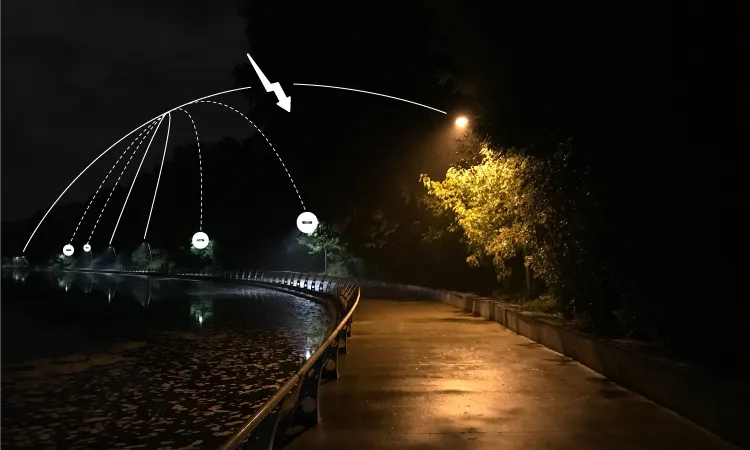The Utopian vision of a seamlessly integrated smart city is hindered by compatibility challenges among the various components of a lighting system and other smart city elements. Disparate systems and devices from different manufacturers may not always communicate effectively, leading to glitches and inefficiency. It is imperative to verify that new systems boast extensive integration capabilities and are backed by a provider with a solid track record of successful implementations. Ensuring system components can 'speak the same language' is vital for the smooth operation of a sophisticated network.
Ready to illuminate the streets with modern technology? Proceed with caution. Smart lighting systems have the potential to revolutionize urban environments, but they come with caveats. Any municipality or entity looking to make the switch must carefully weigh these disadvantages and engage in thorough planning and partner selection to ensure the transition to smart street lighting leads to a brighter, not more burdensome, future.

